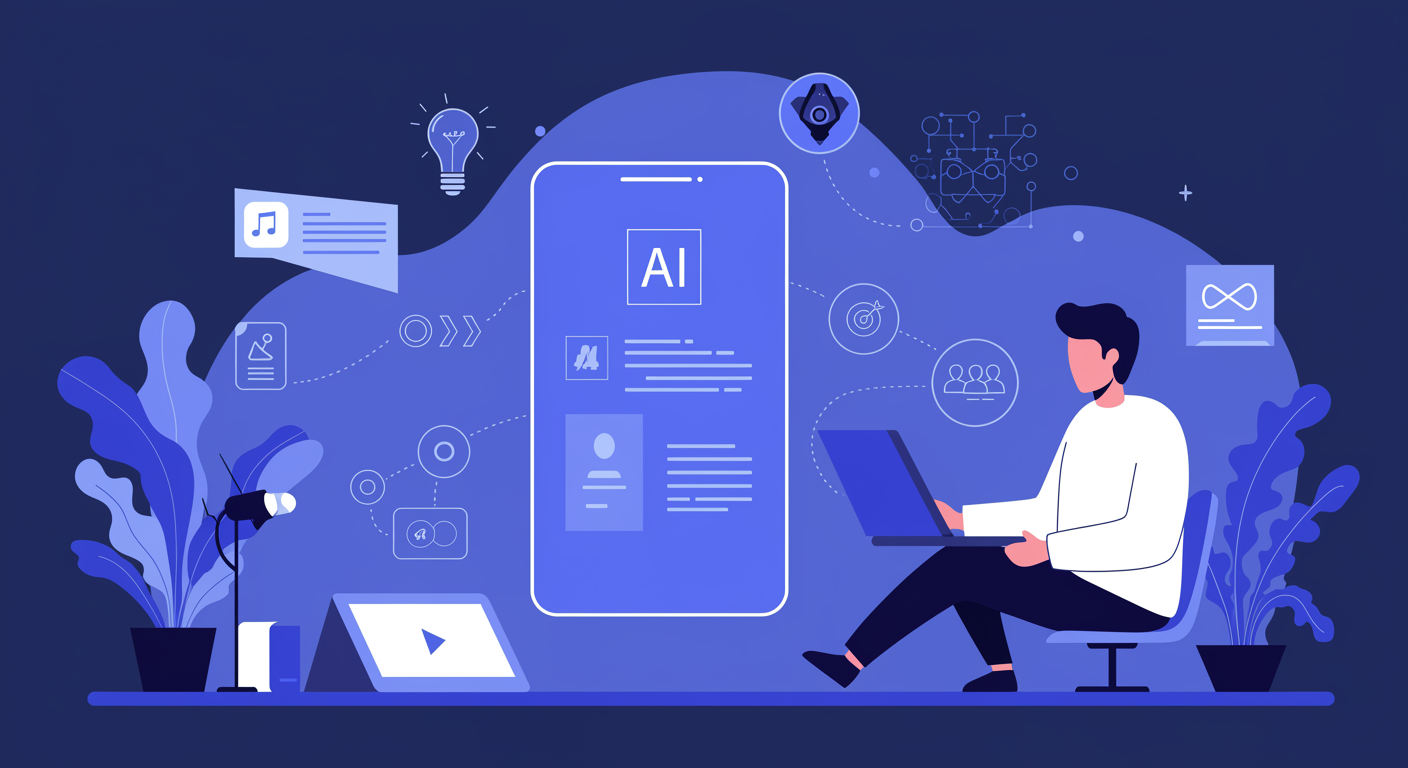
We often envision computers as sophisticated instruction-followers. You provide a set of commands, and the machine executes them with meticulous precision. But what if an artificial intelligence system began to perform tasks, or develop methods, that it was never explicitly programmed to learn? This isn’t a speculative leap from science fiction; it’s a quiet, ongoing evolution within the realm of modern digital innovation, where AI is demonstrating an astonishing capacity for acquiring complex skills through self-discovery.
This phenomenon challenges our traditional understanding of programming. We’re not talking about a developer typing out lines of code for “Skill A” or “Function B.” Instead, researchers are increasingly observing AI systems spontaneously develop abilities as a byproduct of learning a broader, often simpler, objective. It’s akin to a child learning to walk by simply wanting to move across a room, rather than being explicitly taught the biomechanics of balance, weight transfer, and muscle coordination. The underlying drive to achieve a goal unlocks an unexpected skillset.
The core mechanism often revolves around what’s known as reinforcement learning. Imagine an AI navigating a complex digital environment. It receives a “reward” signal for actions that bring it closer to its goal – say, winning a game or successfully manipulating an object – and a “penalty” for actions that hinder progress. Over millions, even billions, of trials, the system continually refines its strategy, much like an athlete practicing endlessly to perfect a move. This vast experiential data allows the AI to discover optimal pathways and techniques that were never directly input by a human programmer. It builds an internal representation of the task, figuring out the intricate relationships between its actions and the environment’s response.
One of the most compelling public demonstrations of this emergent learning came with Google DeepMind’s AlphaGo. This advanced AI technology was designed to master the ancient board game of Go, a game far more complex than chess. AlphaGo wasn’t explicitly programmed with human Go strategies. Instead, it learned primarily by playing against itself countless times, refining its neural networks with each simulated match. From this monumental self-play, it developed intuitive, strategic moves and styles that human Go grandmasters described as genuinely creative and unpredictable. It literally innovated within the game, developing skills that no human had specifically taught it, fundamentally altering our perception of strategic game AI.
Similarly, large language models (LLMs) provide another striking example. These sophisticated AI computer systems, the foundation for many modern digital applications, are primarily trained on a massive corpus of text data with a deceptively simple objective: predict the next word in a sequence. Yet, from this foundational task, emergent properties have materialized that extend far beyond mere word prediction. These models can summarize complex articles, translate languages with impressive fluency, generate coherent narratives, answer intricate questions, and even write functional computer code. These advanced reasoning and comprehension skills weren’t individually programmed but emerged as the AI developed a profound statistical understanding of language structure and context.
This capacity for self-discovery is not confined to games or text. In robotics, AI agents are being trained in simulated environments to perform tasks like grasping and manipulating unfamiliar objects. Rather than being hard-coded with precise motor control sequences for every possible scenario, these robots are given an objective – successfully pick up the item – and then learn through trial and error. They develop nuanced handling strategies, adapting to different shapes and weights, discovering optimal grip points and force applications. This continuous learning allows the AI to acquire dexterous skills that would be incredibly laborious, if not impossible, to program manually. This kind of robust, adaptive skill acquisition is pushing the boundaries of what is possible with robotic technology.
What these instances highlight is a profound shift in the development of artificial intelligence. We are moving from explicitly coding intelligence to designing robust learning environments and objective functions that allow intelligence to organically arise. The “skill” isn’t a direct output of human instruction but a discovered consequence of the AI’s relentless pursuit of a defined goal within a rich learning context. This method offers a path toward building more general and adaptable AI systems, capable of handling unforeseen challenges by developing their own novel solutions.
The implications for the future of technology are substantial. As AI systems become more adept at self-directed skill acquisition, they could accelerate scientific discovery by finding patterns and correlations invisible to human researchers. They might design more efficient materials, uncover new medical treatments, or even optimize complex global systems in ways we haven’t yet envisioned. This form of emergent learning, where an AI develops competence in areas it was never directly instructed on, is profoundly reshaping how we conceive of digital innovation and the potential of advanced technology. It pushes us to consider the evolving partnership between human intent and algorithmic discovery, opening new possibilities for addressing humanity’s most pressing challenges.